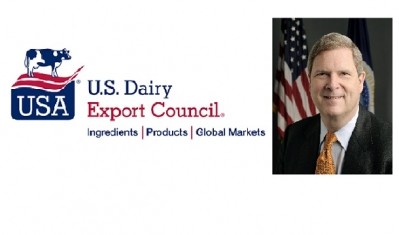US dairy sector prioritizes market expansion as new US Trade Representative steps in

“We welcome Mr. Lighthizer’ s confirmation because of his grasp of global trade rules and understanding of the importance of balanced trade agreements to the US dairy sector,” Tom Vilsack, president and CEO of USDEC, said.
Resisting geographic indications
Geographic indications (GIs) are intended to identify dairy products by their origin and would require the relabeling of several common food terms such as parmesan cheese.
"As the Trump Administration's trade policy strategy develops, we want to build upon the US government's past successes in pushing back against the EU's global GI agenda," Vilsack said.
The EU has enforced the widespread use of GI labeling policies, which the USDEC estimated would cause $2.3bn in lost sales for US dairy over three years, particularly impacting cheese sales. Cheese exports topped year-ago levels in Q1 2017, though volumes still trail 2014 and 2015 levels.
Market expansion
"We will continue to urge Lighthizer to focus on protecting Mexico, our No. 1 market, insist that Canada revoke its detrimental new milk pricing policy, and pursue additional export opportunities around the world," Mulhern said.
Despite ongoing trade disputes with Canada, US exports of fluid milk and cream were up 13% in Q1, led by double-digit gains in sales to Mexico and Canada.
Expanding its market reach to Asia remains a priority for the US dairy sector. Exports to Southeast Asia rose 16%, and sales to China were up by 74% for the first quarter of 2017 compared to the same period last year, according to USDEC data.
"We also want to examine opportunities for bilateral trade agreements in key markets like Japan," Vilsack, who recently visited Japan on a trade mission, said.









